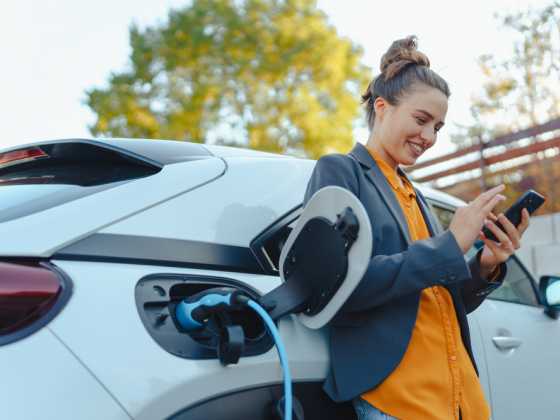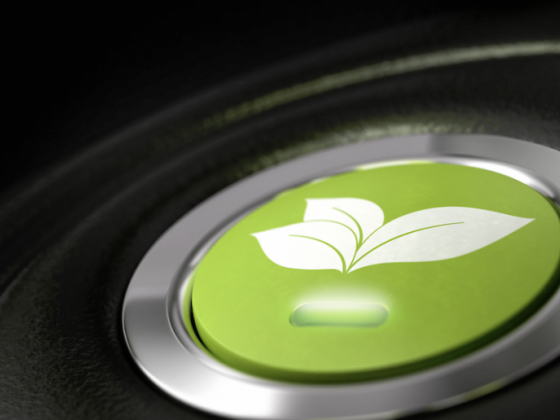Toyota to ramp up hydrogen fuel cell production

Toyota has unveiled plans for two new hydrogen fuel cell facilities, as it anticipates global sales of fuel cell electric vehicles to increase to at least 30,000 per year from 2020.
A brand-new building will be constructed near its original automobile factory for expanding fuel cell stack mass production, and a new line in an existing plant will be developed to manufacture high-pressure hydrogen tanks.
The fuel cell stack is what generates the on-board electricity from hydrogen and oxygen which propel FCEVs with zero emissions, and the tanks store the hydrogen fuel. Manufacturing both components at scale is critical to achieving lower system costs and wider availability for further growth and sales of FCEVs.
To increase fuel cell stack output, Toyota will move production from its current location, within one of the existing buildings at its Honsha Plant in Toyota City, to a brand-new, eight-floor facility on the same premises, near the original site of the company's first automobile factory in 1938.
The production of high-pressure hydrogen tanks will be handled by a new, dedicated line to be added inside the nearby Shimoyama Plant in Miyoshi City. Previously, the hydrogen tanks were assembled at the Honsha plant on a smaller scale.
The new facilities are expected to help significantly reduce CO2 emissions during the production stage. This is one of the initiatives for the Plant Zero CO2 Emissions Challenge in the Toyota Environmental Challenge 2050 announced in October 2015.
Construction of the new hydrogen tank line at Shimoyama has started, while the exterior for the new stack production facility is already finished and work will now begin on the interior. Details of the respective facilities will be announced later with a view to start operations around 2020.



